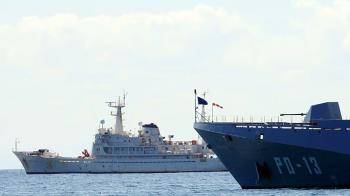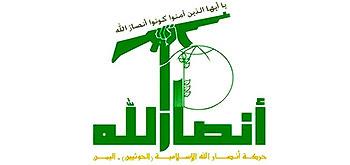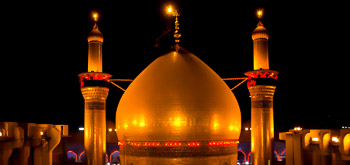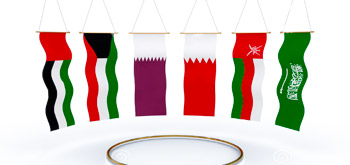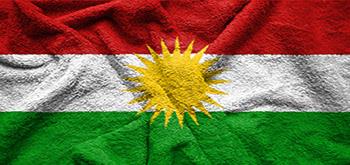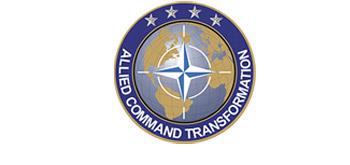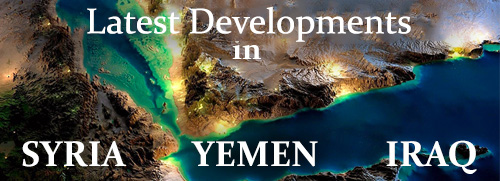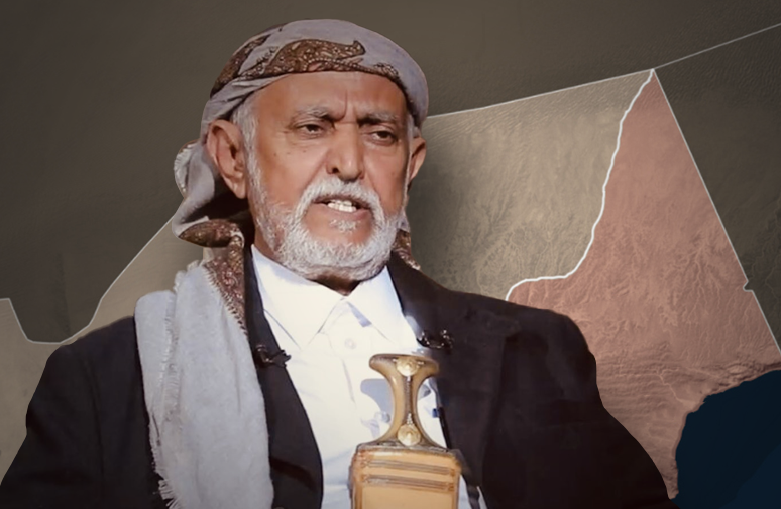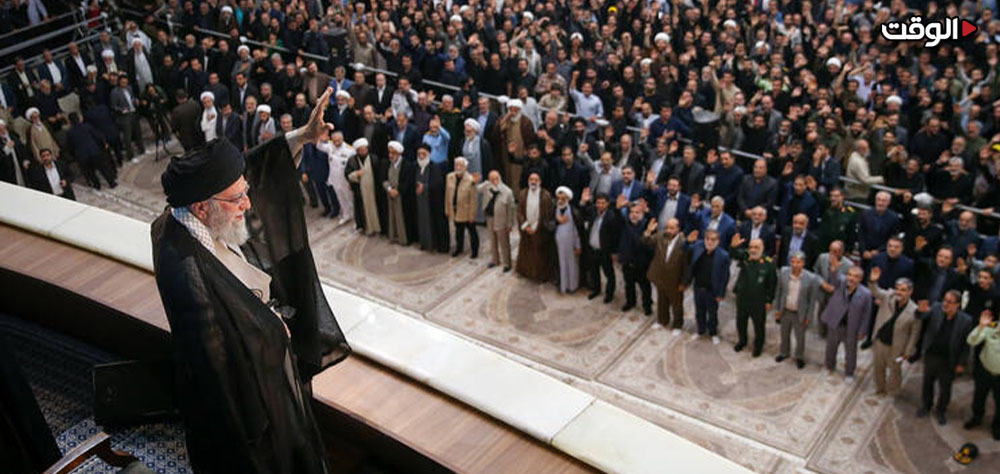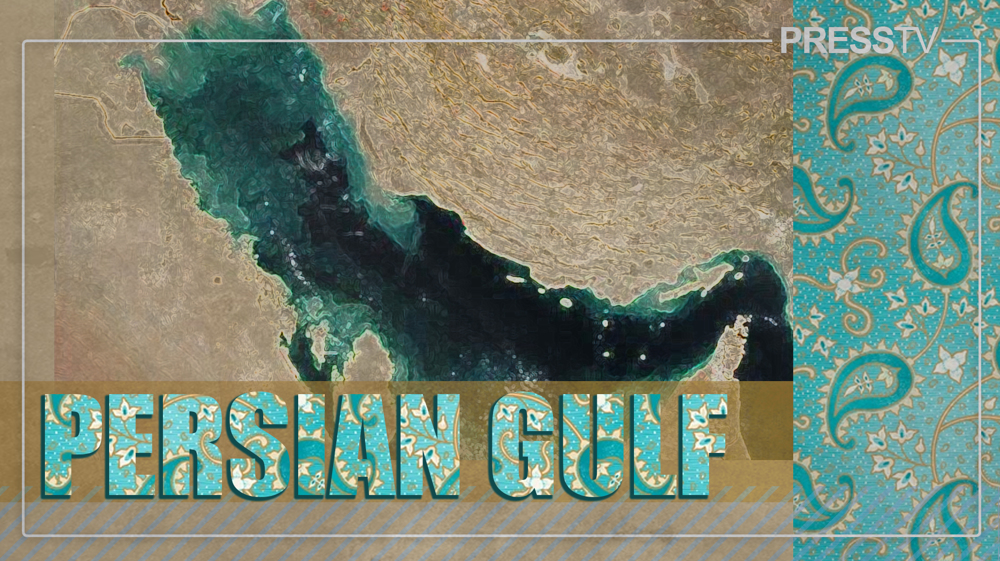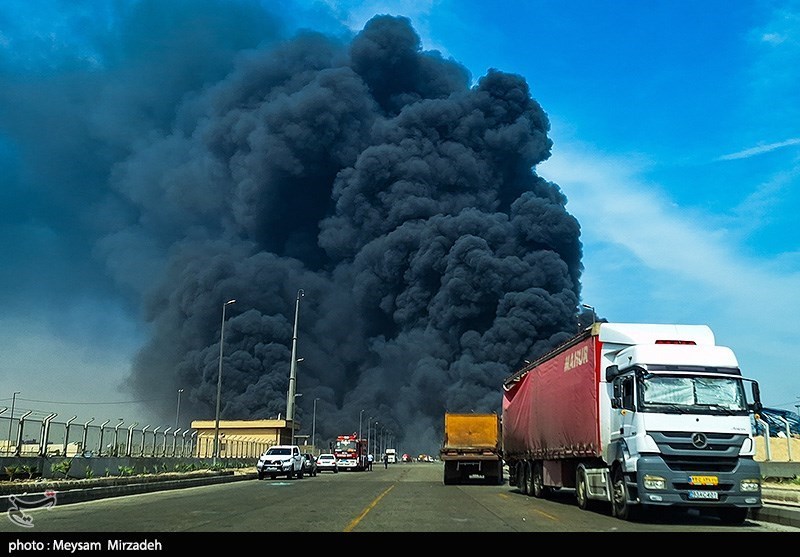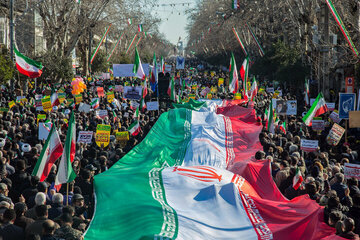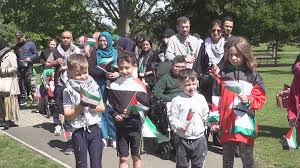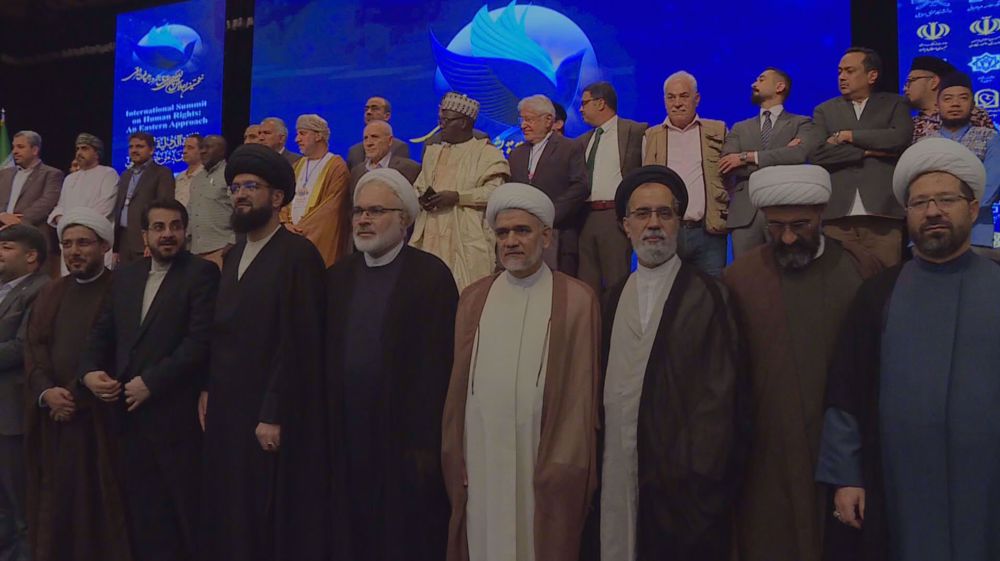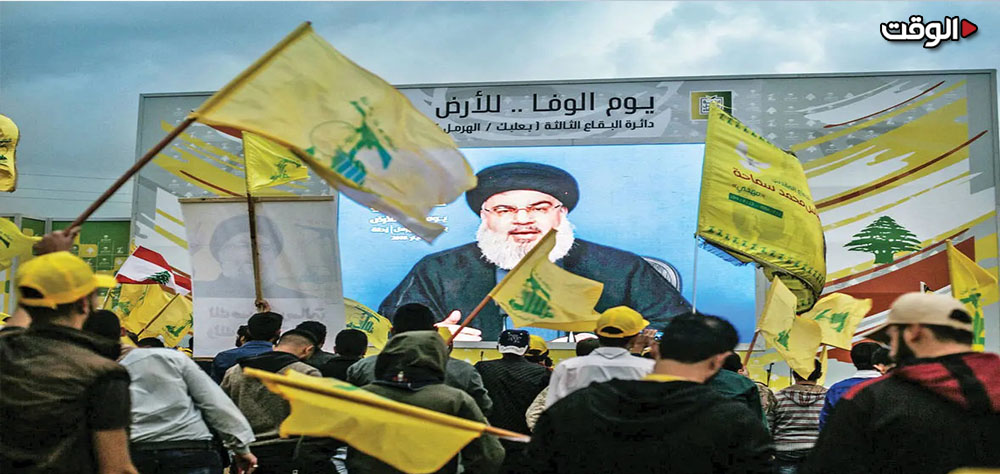Alwaght- The situation in Yemen’s Al Mahra province on the border with Oman that over the past years has survived deadly clashes of the country is now escalating after arrest of a tribal leader of the region.
On Monday, Sheikh Mohammed Ahmad al-Zaidi was arrested on the border when crossing to Oman. Then an armed group attacked the convoy carrying him to Al-Ghayda the center of Al Mahra, killing a police officer and some others.
The arrest sparked clashes in the area, raising concerns about the spread of instability.
According to the Al Mahra Security Committee, the arrest of al-Zaidi was a legal measure because his name was on the wanted list and the aim was to verify his documents, identity and legal status.
To justify the arrest, the committee claimed that he was one of the prominent sheikhs of the Kholan and Marib tribes who had previously participated in armed rallies supporting Ansarallah movement that governs the north of the country and called on people to join the movement in his speeches, and for this reason he was on the list of people wanted by the Aden-based government.
Al-Zaidi has now been transferred to the Al-Ghayda Security Directorate and strict security measures have been imposed in the area, while efforts have been made by tribal sheikhs and influential figures from inside and outside the province to mediate for his release, as he is considered an influential tribal figure.
At the same time, local sources reported the arrival of dozens of vehicles carrying armed men from the Kholan and Marib tribes in Al Mahra, warning of clashes between them and security forces and the army. The stability of the province is very important to the neighboring Oman, as it shares a long border with this province.
Al Mahra one of most secure Yemeni regions during civil war
Over the past years, Al Mahra has enjoyed relative peace and stayed away from a war that according to the UN figures in 2021 killed over 377,000 people. However, the province has occasionally witnessed clashes mainly stemming from efforts by some forces, particularly the Southern Transitional Council (STC) to broaden influence in this province.
This situation has pushed Al Mahra residents to form a “peace committee” to counter foreign military presence. This committee has support of Oman and Muscat itself holds friendly relations with the legal government and the local officials.
Just contrary to the claims of Aden-based government, the tribes of the province adopted a moderate and neutral approach to civil war. Though not officially backing Ansarullah, they refrained from cooperation with the UAE-backed STC and the Saudi-backed Presidential Leadership Council.
This independence of position has kept Al Mahra away from massive conflicts and security crises that encompassed other provinces.
The tribes’ reluctance to allow foreign interference and their emphasis on maintaining local sovereignty have played a significant role in maintaining the province’s relative stability during the years of war.
Although the Al Mahra Security Committee justified Sheikh Al-Zaidi’s arrest on security grounds, the evidence and timing of the move suggest that there were more than just legal reasons behind it, and that foreign actors were clearly behind it.
Dr. Adel Dashilah, a researcher at Columbia University’s Center for Middle East Studies, believes that the current tensions in the province did not arise overnight, but rather stem from a 10-year regional rivalry. Al Mahra has witnessed competition between regional forces that has created local alignments. There are various actors in the province, such as the STC, the Al-Mahra Sit-in Committee led by Al-Harizi, and forces loyal to the government,” he told Al-Khaleej Online.
He believes that the future of crisis depends on the performance of the tribes of Al Mahra. He predicts that in case of escalation, control will be slip out of the hands of the tribes. He described dialogue and reconciliation as another scenario that is brewing, adding that Oman and Saudi Arabia may mediate for release of al-Zaidi. The researcher warned: “Given the killing of a military commander, release without a fundamental settlement can stir strong and surprising reactions.
Foreign sedition to undermine Ansarullah
While Al Mahra has been spared direct conflict for years, these developments could destabilize the fragile stability of the province and turn it into a new hotbed of insecurity in Yemen. The involvement of some domestic political factions, along with foreign support, has greatly increased the risk of tribal and political conflicts and has placed the future of this strategic province in doubt.
The US had previously announced its intention to establish a military base in this strategic province, a move that was supported by Saudi Arabia so that Washington could consolidate its influence in the region. These developments appear to be part of a broader plan to destabilize Yemen, a plan that is now being seen in the form of tribal conflicts and internal unrest in Al Mahra. This trend indicates an attempt by external parties to exploit social and ethnic divisions for their own interests.
Washington and its Arab allies, particularly Saudi Arabia and the UAE, confused and frustrated by Ansarallah’s continued and effective attacks on Western shipping in the Red Sea, are now seeking to shift the battlefield into Yemen.
Having failed to contain Ansarullah through direct military strikes and economic sanctions, these countries are trying to turn the tide in their favor by stoking internal strife, especially in border provinces like Al Mahra. Sparking security chaos, inciting tribes, and exploiting local differences are part of a new strategy of attrition aimed at weakening the regional Resistance front and dragging Ansarallah into a new internal conflict.
These actions bear proof to the fact that the Western-Arab front has failed to realize its field goals in Yemen and now it is using indirect instruments to break the internal cohesion of Ansarullah through creating structural gaps in the relatively calm regions.
On the other hand, to weaken Ansarullah and isolate it internally, the enemies of Yemen have made some moves in recent months. The STC and Presidential Leadership Council forces, backed by the US and the UAE, designed plans for ground invasion of Sana’a the capital for direct confrontation with Ansarallah, which has been holding the power in the north since 2014.
However, this plan was not implemented due to concerns about their defeat by the Sana’a government. Because the experience of a decade of war Saudi Arabia and its allies waged against Ansarullah, as well as two years of US airstrikes, showed that Ansarullah does not forsake resistance path despite great pressure. This fact caused Yemen’s enemies to have little hope for the success of this new scenario and they gave up on pursuing a ground attack.
It should be noted that in addition to dealing crushing blows to the US and the Saudi-Emirati coalition on the battleground, Ansarullah has also politically succeeded in establishing lasting stability in the areas under its control, a stability that the enemies claiming to support the Yemeni people have never been able to achieve in the occupied southern areas.
Just unlike the relative calm in the north, the south has always seen sporadic clashes between the mercenaries of Saudi Arabia and the UAE over political shares and the distribution of spoils, leaving it in a state of instability and chaos. This reality openly reveals the significant difference between administrations of the north and the south and internal cohesion of Ansarullah against the hostile coalition.
At the end, we can say that recent destabilization of Al Mahra was meant to drag Ansarullah into new internal clashes. This is aimed at disrupting successful operations of the movement in the Red Sea against Israeli and American targets.

